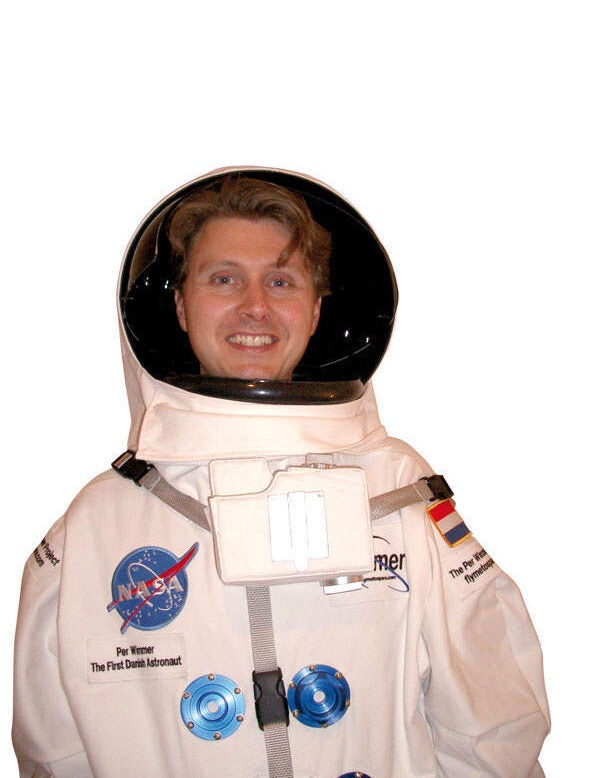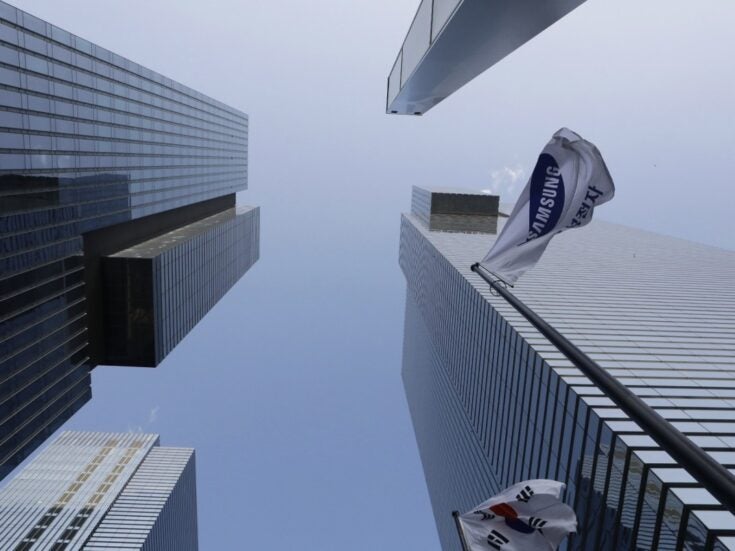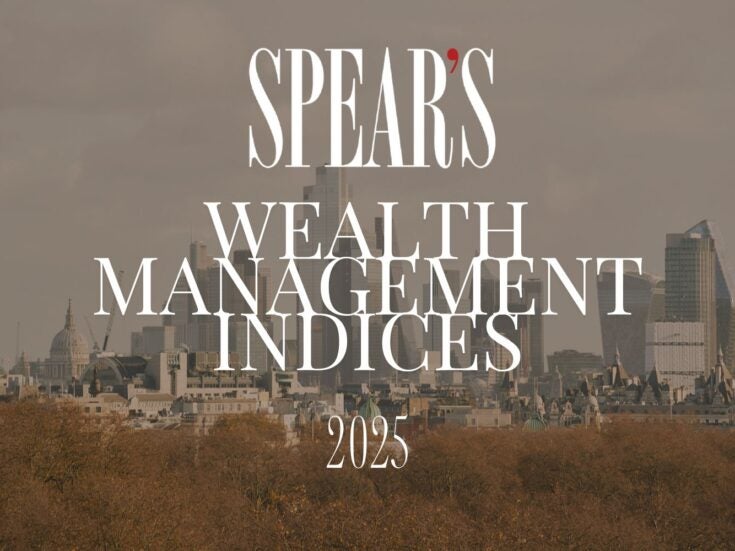

PER ARDUA AD ASTRA
‘I’m not indifferent to the risks. There’s risks walking on the streets of London or cycling on the streets of London. There’s risks going into space.’ Just like that, Per Wimmer has put an entirely new spin on my weekends cycling about town.
He takes with such placidity the idea of climbing into a rocket, being strapped in as thousands of tonnes of fuel are consumed in flames beneath you, pushing up through the troposphere, the stratosphere, the mesosphere into the thermosphere, above the clouds, above the meteors, above the ozone layer and the Northern Lights, passing out into space, beyond gravity, into nothingness. I, clearly, take this slightly less placidly.
He’s had a long time to become placid about it, having bought his first ticket into space in 2000 for $100,000, then a second for $200,000 in 2006 with Virgin Galactic and a third in 2007 with XCOR, hedging his bets.
As Tom Bower scabrously documented in his recent Richard Branson biography, Virgin Galactic has put back its lift-off by seven years from 2007, always promising it’s round the next corner — only there seem to be more corners than in the Minotaur’s labyrinth. (It will eventually take off from a $200 million Norman Foster spaceport in New Mexico.) Virgin Galactic is not the only one: the 2000 ticket may be the last to go.
Technology has not moved as fast as his ambition, so he is still waiting, but — space travel being a patently difficult and demanding discipline — there has been plenty of blood-draining training.
There is flying practice — not your standard twin-prop plane but a fighter jet, the MiG-25 supersonic interceptor which put the fear of Khrushchev into the West in the Sixties. And you need to get to grips with excessive gravity too: in Russia, Wimmer used the biggest centrifuge in the world, which spins you round at ever-faster speeds to mimic the effect of the crushing gravity as you force your way into space.

There are, in fact, two kinds of gravity — the kind that pushes against your chest and the kind that pushes down on your head — and the centrifuge tests and bolsters your endurance of both.
You have to reach 6Gs of chest-gravity: ‘So 6Gs is exactly like if you lie down on the floor and you get six people standing on top of you, so it’s very easy.’ (I think he means easy to understand rather than to do.) You also need 3Gs of head-gravity (not the technical term either, of course), which pushes your blood downwards: ‘It’s a bit unpleasant in the sense that pulling blood out of your head means that you’re likely to faint if you don’t do something about it.’ With further between head and heart, this affects taller people worse. You don’t, however, need to be ironman-fit to go into space.
Of course, once you’ve got into space you plummet to zero Gs and start to hang about weightlessly, which from all the videos looks like the most peaceful experience in the world (or rather out of the world). It’s not quite that simple: ‘The human balance sits in the ear — you’ve got little liquids up here and they start spinning if you start spinning around, and if you spin too much, you might get nauseous, so the more you can train, the more you can get used to that.’ If you go green surging over the seas, space is perhaps a horizon too far.
Outward bound
Wimmer’s trail of adventuring goes back two decades. It starts, in his mind, with a rather innocuous move from high school in Denmark to France, when he didn’t speak French well, and turned into backpacking around Asia and South America, which included an exercise in being Indiana Jones, clambering from a long boat into a ferry with both in motion, and a spell living with the Indians of the Amazon, guided by a blind medicine-man and fishing for piranhas for dinner. (‘Like eel without the fatty bit.’)
There was skiing at the highest resort in the world — 5,500 metres in Bolivia — with a distinctly dodgy ski-lift (‘really just a rope’), shark-diving in Fiji and tandem sky-diving on to Everest, the first time anyone had done this.
It was in part about the adventure and in part about being a pioneer, neither of which a normal ascent of Everest allows: ‘If you show up there at the end of May you find that at some places on the way up to the top you have to stand in a line, and to me that’s not adventurous.’ The risk in climbing Everest was also higher than he liked.
Instead, Wimmer applied the first of his seven values (‘think outside the box’) and decided to do it upside-down, or perhaps downside-up. He shifted half a tonne of equipment to base camp and hired a Pilatus Porter plane to jump out of, flying it, at 9,000 metres, beyond what its engine can normally take.

The problem, it seems to me, is that when you climb Everest, if all goes right, you have a well-trodden path to the summit; flailing downwards out of a plane in a tandem sky-dive at 105mph you stand a high chance of missing the mountain, as large as it is. Wasn’t that a worry? ‘We were pretty sure we would land somewhere,’ he says.
You might expect that all this is a reaction to a life in the City, and you might not be wrong, although Wimmer’s career has hardly been on the quiet side. After Harvard, he had two job offers — one from Bill Clinton’s White House to be in charge of drug policy and one from Goldman Sachs.
While the White House would certainly have been more exciting (especially since this was during the Lewinsky mess), he chose Goldmans, starting in US equities, then moving on to Europe, which he says ‘was sort of what Asia is today — the engine of growth’. He benefited from the Goldmans IPO, which worked out (in theory) as $75 million per partner, then had IPOs for a Man Group spin-off and his own gold company.
The financial space
Today, he runs Wimmer Financial, which is half a multi-family office (including his own family’s money), investing according to an ETF strategy, and half a merchant bank. At the moment, he’s searching for local emerging-market fund managers in Brazil, Vietnam and beyond.
I wonder if his involvement in space has affected the way he runs his firm — it seems, even before you take off, like the sort of experience which changes you. It has, he says, because the risk-taking of each side feeds into the other, but also not quite as you would expect.
His proximity to space started to give rise to invitations to speak about his ambitious transit, and entrepreneur-like he has since been making his own opportunities, turning them into a parallel career with Wimmer Space, ‘my fun box of adventure, charity, publishing activities, corporate presentation, motivational speaking, documentaries’.
This nurturing of his entrepreneurial side gave him the confidence to set up Wimmer Financial ‘in an office just down in Conduit Street literally with my laptop, my mobile phone and an application for an FSA licence and to get on with it, and that was my investment bank on day one’.
A contrary quality, good in both business and space, has been developing too from the long delay of his adventure: ‘On one hand, I am eternally impatient and I want to go tomorrow and that’s been the case for the past fourteen years, so I guess I have been very patient.’
If he had known it would be over ten years, he would have been reluctant, but ‘as long as you’ve got the goalpost to run after, it helps’. He is now convinced that his first flight will happen in the next eighteen months, echoing Branson’s claims that he and his children will test Virgin Galactic’s offering later this year.
What about the next galactic goal — Mars? ‘So far in terms of Mars travel, there’s only one-way tickets on offer. I don’t find those compelling… It will be a one-way ticket so it’s got to be towards the end of…’ He breaks off. ‘I have a lot more to accomplish.’







